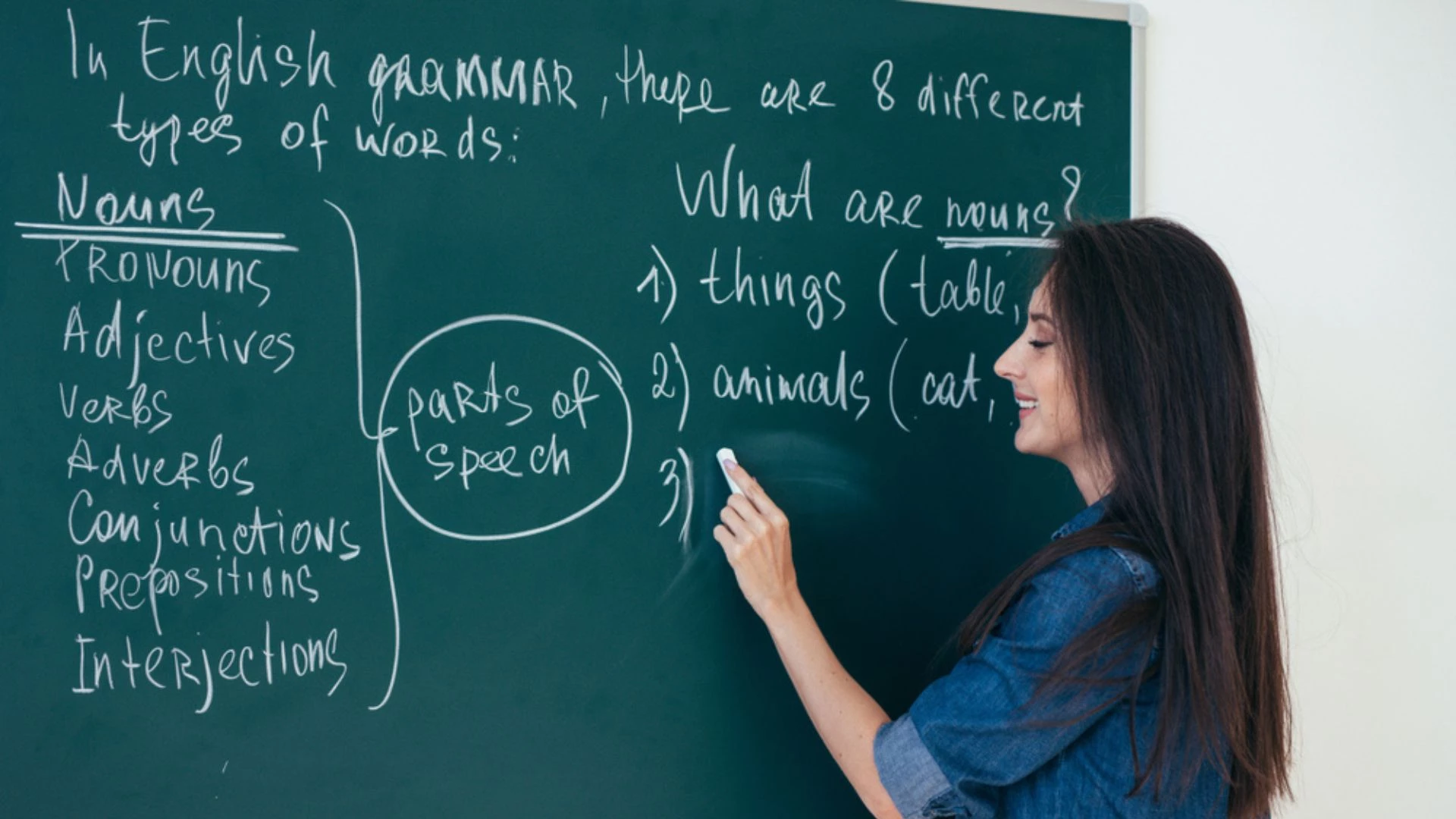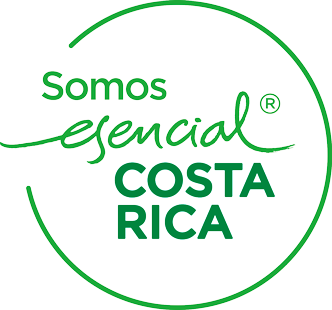Los usos léxicos de be, have y do: tres verbos pequeños con mucho poder
En inglés hay tres verbos que parecen sencillos, pero que están en todas partes: be, have y do.
Muchos estudiantes de inglés los conocen solo como verbos auxiliares, esos que ayudan a otros verbos a formar tiempos verbales (ejemplo: The cows are eating; she has been checking the barn; we don’t sell calves before six months). Pero también tienen su uso léxico, es decir, cuando funcionan como verbos principales (no auxiliares) y expresan significado propio.
En el mundo del campo, donde la rutina y la responsabilidad mandan, entender estos verbos puede hacer la diferencia entre una frase correcta y una que suene rara. Así que hoy vamos a ver cómo se usan, con ejemplos de la vida diaria de un manejador de ganado: alguien responsable, cuidadoso y siempre listo para actuar antes de que algo se salga de control.
“Be”: el verbo del ser y el estar
El verbo be nos dice quiénes somos, cómo estamos o dónde estamos. Es el verbo que usamos para describir estados, identidades y condiciones.
Sus formas principales son: am, is, are, was, were, be, been, being.
Imaginá a un ganadero observando su finca al amanecer. Podría decir:
“I am a responsible livestock handler.”
(Soy un manejador de ganado responsable).
Esa simple oración comunica identidad. Am no está ayudando a ningún otro verbo; tiene su propio significado.
Otro ejemplo más práctico:
“The cows are healthy.”
(Las vacas están saludables).
Aquí are describe un estado físico o de salud, algo muy importante si se trabaja con animales lecheros.
En el pasado, podemos usar was o were:
“The bull was very aggressive before feeding time.”
(El toro estaba muy agresivo antes de la hora de comida).
Y si queremos hablar de cómo alguien se comporta de forma constante:
“Being calm is part of the job.”
(Estar tranquilo es parte del trabajo).
En este caso, being funciona como sustantivo (gerundio) y representa una cualidad o actitud.
En pocas palabras, be describe el estado del sujeto. Puede ser físico, mental o situacional. Si después de be hay un adjetivo o un sustantivo, podés apostar a que está actuando como verbo principal.
“Have”: el verbo de poseer, experimentar y disfrutar
Si be se trata de quién sos, have se trata de lo que tenés o experimentás.
Sus formas son have, has, had.
Por ejemplo, un agricultor podría decir:
“We have twenty dairy cows.”
(Tenemos veinte vacas lecheras).
Aquí have expresa posesión literal. Pero también puede referirse a actividades cotidianas:
“She has breakfast before checking the barn.”
(Ella desayuna antes de revisar el establo).
En este caso, has significa realizar una acción habitual, como comer o reunirse.
También puede hablar de experiencias o situaciones:
“They had a problem with the new milking machine.”
(Tuvieron un problema con la nueva máquina ordeñadora).
Incluso puede tener un sentido más idiomático. En inglés se usa mucho la expresión cash cow, que literalmente parece una “vaca de dinero”, pero significa una fuente confiable de ingresos.
“Healthy dairy herds are a real cash cow.”
(Los hatos lecheros saludables son una verdadera fuente estable de ingresos).
En contextos rurales, eso tiene todo el sentido: si tus vacas están bien, tu ingreso también lo está.
Have también se usa para expresar obligación o responsabilidad, cuando decimos have to:
“You have to be responsible with feeding times.”
(Tenés que ser responsable con los horarios de alimentación).
Aunque parece auxiliar, have aquí conserva su valor léxico porque expresa una necesidad personal o práctica.
“Do”: el verbo del trabajo y la acción
Finalmente, llegamos a do, que representa acción pura y concreta.
Formas: do, does, did.
Un buen manejador de ganado hace muchas cosas en un solo día, y este verbo lo refleja:
“I do my chores early in the morning.”
(Hago mis tareas temprano en la mañana).
“He does the milking carefully every day.”
(Él ordeña cuidadosamente todos los días).
La palabra carefully muestra que la acción se hace con atención, lo cual es esencial cuando se trabaja con animales.
En pasado:
“They did the vaccination last week.”
(Ellos hicieron la vacunación la semana pasada).
Y si alguien se emociona demasiado, podés decirle:
“Hold your horses before you do anything crazy!”
(Esperá antes de hacer algo loco).
La expresión hold your horses literalmente significa “aguantá tus caballos”, pero idiomáticamente es “esperá” o “no te adelantés”. Muy útil cuando alguien quiere abrir el portón antes de tiempo o soltar a los animales sin revisar.
Do también puede expresar esfuerzo personal:
“She does her best to keep the animals healthy.”
(Ella hace su mejor esfuerzo para mantener a los animales saludables).
En resumen, do es el verbo del hacer, del trabajo diario, de la acción concreta.
Comparando los tres
Si lo vemos de forma simple:
- Be describe quién sos o cómo estás.
- Have muestra lo que poseés o experimentás.
- Do expresa lo que hacés.
Un manejador de ganado podría resumir su día así:
“I am a responsible farmer, I have healthy cows, and I do my work carefully.”
(Soy un agricultor responsable, tengo vacas saludables y hago mi trabajo cuidadosamente).
En una sola oración, se usan los tres verbos primarios con su sentido pleno: una mini lección de inglés dentro de una vida de trabajo bien hecho.
Reflexión final
Aprender los usos léxicos de estos tres verbos es como aprender los movimientos básicos antes de montar un caballo: parecen simples, pero todo depende de ellos.
Dominar be, have y do te permite describir tu realidad, tus responsabilidades y tus acciones con precisión. Y eso, tanto en la vida del campo como en la del aula, es esencial.
Así que, la próxima vez que hablés de tus vacas, tu finca o tu día a día, recordá usar estos verbos con intención.
Porque en el inglés, igual que en el campo, lo que sos, lo que tenés y lo que hacés, lo dicen todo.
In English, there are three verbs that seem simple but appear everywhere: be, have, and do.
Many English learners know them only as auxiliary verbs, the ones that help other verbs form tenses (for example: The cows are eating; She has been checking the barn; We don’t sell calves before six months).
However, they also have lexical uses, meaning they can function as main verbs that express meaning on their own.
In the world of farming, where routine and responsibility rule, understanding these verbs can make the difference between a correct sentence and one that sounds awkward.
Let’s look at how to use them with examples from the daily life of a livestock handler: someone responsible, careful, and always ready to act before things get out of control.
“Be”: The Verb of Being and Existing
The verb be tells us who we are, how we feel, or where we are. It describes states, identities, and conditions.
Its main forms are: am, is, are, was, were, be, been, being.
Imagine a farmer observing their land at sunrise. They might say:
“I am a responsible livestock handler.”
(I am a responsible livestock handler.)
That simple sentence expresses identity. Am is not helping any other verb; it carries its own meaning.
Another practical example:
“The cows are healthy.”
(The cows are healthy.)
Here, are describes a physical or health condition, something very important when working with dairy cattle.
In the past, we can use was or were:
“The bull was very aggressive before feeding time.”
(The bull was very aggressive before feeding time.)
And if we want to talk about a constant behavior:
“Being calm is part of the job.”
(Being calm is part of the job.)
In this case, being acts as a noun (gerund) and represents a quality or attitude.
In short, be describes the state of the subject, whether physical, mental, or situational. If be is followed by an adjective or a noun, it’s functioning as a main verb.
“Have”: The Verb of Possessing, Experiencing, and Enjoying
If be is about who you are, have is about what you own or experience.
Its forms are have, has, had.
For example, a farmer might say:
“We have twenty dairy cows.”
(We have twenty dairy cows.)
Here, have expresses literal possession. But it can also refer to everyday activities:
“She has breakfast before checking the barn.”
(She has breakfast before checking the barn.)
In this case, has means performing a regular activity, such as eating or meeting.
It can also refer to experiences or situations:
“They had a problem with the new milking machine.”
(They had a problem with the new milking machine.)
Sometimes it even has an idiomatic sense. In English, the expression cash cow may sound literal, but it means a reliable source of income.
“Healthy dairy herds are a real cash cow.”
(Healthy dairy herds are a real cash cow.)
In rural life, that makes perfect sense: if your cows are healthy, your income is too.
Have is also used to express obligation or responsibility when we say have to:
“You have to be responsible with feeding times.”
(You have to be responsible with feeding times.)
Although it looks auxiliary, have here still keeps its lexical meaning because it expresses a personal or practical necessity.
“Do”: The Verb of Work and Action
Finally, we have do, the verb of pure action.
Forms: do, does, did.
A good livestock handler does many things in one day, and this verb shows it:
“I do my chores early in the morning.”
(I do my chores early in the morning.)
“He does the milking carefully every day.”
(He does the milking carefully every day.)
The word carefully shows that the action is done with attention, which is essential when working with animals.
In the past tense:
“They did the vaccination last week.”
(They did the vaccination last week.)
And if someone gets too excited, you can say:
“Hold your horses before you do anything crazy!”
(Hold your horses before you do anything crazy!)
The expression hold your horses literally means “hold your horses,” but idiomatically, it means “wait” or “don’t rush.” It’s quite useful when someone is about to open the gate too early or release the animals without checking.
Do can also express personal effort:
“She does her best to keep the animals healthy.”
(She does her best to keep the animals healthy.)
In short, do is the verb of doing, of daily work, of concrete action.
Comparing the Three
To keep it simple:
- Be describes who you are or how you feel.
- Have shows what you own or experience.
- Do expresses what you do.
A farmer could sum up their day like this:
“I am a responsible farmer, I have healthy cows, and I do my work carefully.”
In one sentence, all three primary verbs are used with their full meaning — a mini English lesson inside a day of honest work.
Final Reflection
Learning the lexical uses of these three verbs is like learning the basic movements before riding a horse. They may seem simple, but everything depends on them.
Mastering be, have, and do allows you to describe your reality, responsibilities, and actions precisely. And that is essential both in the field and in the classroom.
So, next time you talk about your cows, your farm, or your daily routine, remember to use these verbs with intention.
Because in English, just like in farming, what you are, what you have, and what you do say everything.

November 10, 2025









